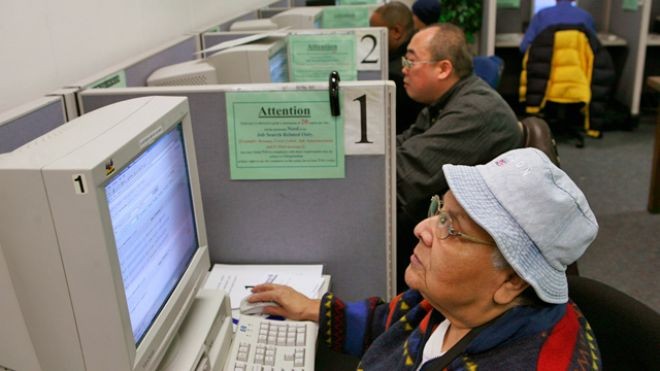Gold Isn’t the Best Protection Against Inflation Matthew Lynn
Post on: 27 Август, 2015 No Comment

Gold ingots
Dec. 8 (Bloomberg) — Economic chaos? The dollar crumbling? Central banks printing money like crazy? Probably the only real surprise about the surge in gold prices over the last few months is that it took so long to arrive.
Last week gold touched an all-time high of $1,227.50. Back in September it was still less than $1,000. Chalk that up as a victory for the gold bugs.
This week, the price is heading down, dropping below $1,200. Chalk that up as a victory for the gold skeptics, who regularly point out that the metal’s value is just a sentimental memory from a long-buried era.
In reality, while investors are right to be nervous about inflation, maybe they are catching on that it’s wrong to see gold as the best hedge against a general rise in prices. There are plenty of alternatives: equities, property, oil, luxuries or private-equity funds should prove just as effective a way of shielding yourself.
It isn’t hard to figure out why investors had been getting interested in gold again. Central banks are pumping freshly minted money into the system. A few hundred years of economic history says that eventually this will lead to inflation. It might be next year, or the year after. It doesn’t make much difference — it will arrive sooner or later, and you’ll need to get your portfolio in shape before it does.
Alloyed Record
But gold? Whether it’s a hedge against inflation depends on where you want to start drawing the graph. Back in 2002, gold was less than $300. If you bought it then, you’d certainly have protected yourself against rising prices — and made a fat profit as well. The 1990s were a different story. Gold started that decade at around $400, and ended it below $300. Not so great. As for the 1980s, forget it: gold lost almost half its value during that decade.
In reality, gold has a mixed record. Nor should you be surprised about that. A few industrial uses, and jewelry, aside, gold is valuable only insofar as other investors think it is valuable. By itself it isn’t necessarily worth anything. Nor does it generate interest or dividends. If the price doesn’t rise, you don’t get anything.
There isn’t much chance, either, of the world’s central banks making their currencies convertible into gold once again. They would bankrupt their governments in the process. It may secure itself a greater role as a reserve asset. But the gold standard isn’t about to be re-imposed.
In truth, while gold may have a role in protecting against inflation, there are plenty of alternatives. Here are five you should be thinking about — particularly when you bear in mind that gold is already close to an all-time high.
Real-Estate Rebound
One, property. The price of real estate won’t always move exactly in line with inflation. And you might want to steer clear of the markets where there has yet to be much of a retreat from the exuberant prices of 2006 and 2007. Even so, if there is more money chasing a static amount of land and buildings, prices are going to rise.
Two, oil. They used to call it black gold and maybe they should again. It has already stopped being just stuff we put in our cars, and use to heat houses, and become an investment asset in itself. How else can we explain the fact that oil has ticked up past $70 a barrel even while we’re living through the worst global recession since World War II? Oil is already, in effect, an alternative to gold. The one difference is that you can put it in your car and drive somewhere — making it far more useful than stuff good for little more than dental fillings and trinkets to wear around your neck.
Stock Picking
Three, equities. Moderate, persistent inflation in the 3 percent range is good for the kind of big, blue-chip companies that dominate the major global stock markets. They can edge up prices along with everyone else. And they can usually get away with increasing wages just a bit less than inflation, so cutting labor costs as well — particularly as unions are far less powerful than they used to be. In those circumstances, the shareholders should do fine — and their equities will more than keep up with rising prices.

Four, luxury goods and collectibles. Once inflation takes off, it is only real assets that will hold their value — everything else is just paper, and that will be of dwindling use. Assets don’t get much more real than historic art, valuable antiques, vintage automobiles or fine wines. They should start to soar in price as the mega-rich realize they are among the few ways to protect wealth. And, heck, if you get it wrong, you can always hang them on the wall, or drink them.
Five, private-equity funds. This one might not be obvious. But a leveraged buyout firm buys well-established companies, in basic industries, and then loads them up with lots of debt, while hanging on to a little bit of equity. Inflation will effectively wipe out all that debt. The result? The equity that is left over will be worth far more.
Rate Squeeze
Of course, none of these will necessarily work in the long-term. The only real way to control inflation once it gets started is to raise interest rates high enough to create a deep recession, and so choke off rising prices. That’s what central bankers did in the late 1970s and early 1980s, and may do again sometime around 2015 or 2020. Once that happens, you’ll need to think again — you might not want to be in property or equities.
That, however, is some way off. As we move into the early stages of an inflationary era, those five assets should do at least as well as gold, if not better.
(Matthew Lynn is a Bloomberg News columnist. The opinions expressed are his own.)
Click on “Send Comment” in the sidebar display to send a letter to the editor.
To contact the writer of this column: Matthew Lynn in London at matthewlynn@bloomberg.net
To contact the editor responsible for this column: James Greiff at jgreiff@bloomberg.net














